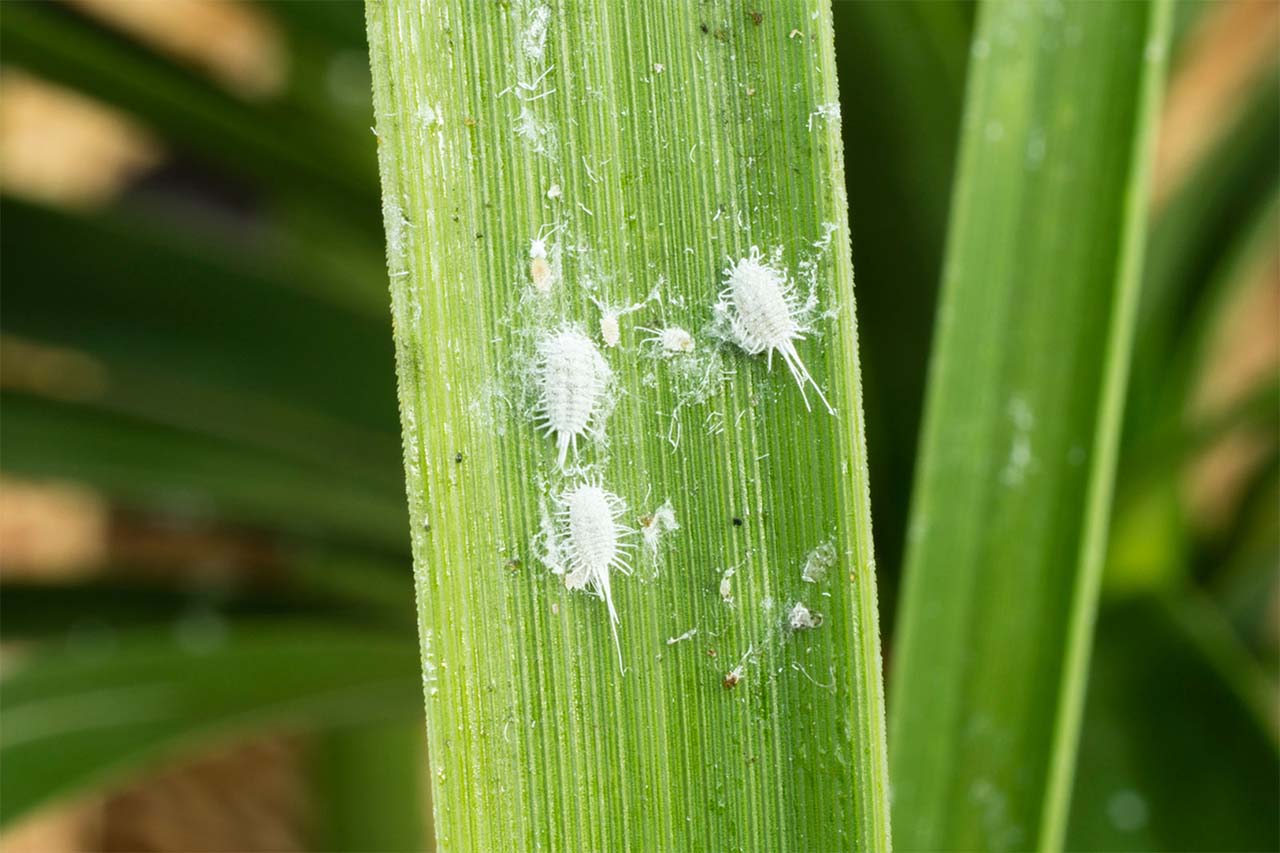Seeing little white insects invading your beloved plants? It may raise a haunting question: are these pests merely a cosmetic concern, or could they endanger your entire garden? Identifying these pests and knowing how to combat them is crucial. Let’s delve into the various white insects that can manifest on your plants, offering insights into their identification and effective treatment options.
When it comes to white insects, several culprits may be at play. These pests can include mealybugs, whiteflies, and aphids. Each species has its own characteristics and treatment methods. Understanding these differences is pivotal to surviving the invasion.
Mealybugs can be hard to spot at first glance. They resemble tiny, cottony masses that cling to the stems and undersides of leaves, often forming colonies. These soft-bodied insects are typically around 1/10 to 1/4 inch long, with a bodacious waxy coating that protects them from predators and environmental stressors. First appearing as small white dots, their presence often goes unnoticed until they have proliferated; at that point, their detrimental effect on your plant’s health becomes glaringly apparent.
Whiteflies are equally insidious, buzzing around the undersides of leaves like miniature ghosts. Adult whiteflies are roughly the size of a pinhead, and they have a distinctive white, powdery appearance when disturbed. They can cause significant distress to plants by sucking sap, which weakens the plant and can lead to leaf drop. Occasionally, their feeding may also lead to a sooty mold, a black fungus that can cover the leaves and obstruct photosynthesis.
Aphids, while not always purely white, may be included in this category due to their pale coloration. These pests vary in size and can adopt a white or light green hue. Aphids cluster on new growth and around leaf joints, where they swiftly drain nutrients from the plant. Though they are typically less damaging than mealybugs or whiteflies, a massive infestation can lead to stress and hindered growth.
Identifying these pests is just the beginning. The challenge then lies in properly treating them in an effective and safe manner. The size of the infestation, the plant species, and your desired treatment methods will all factor into your strategy.
Now, let’s explore a range of strategies for managing these unwelcome visitors to your green sanctuary.
First and foremost, physical removal should not be underestimated. If your infestation is minor, gently wiping the affected areas with a damp cloth or sponge can remove the white insects along with their protective waxy coatings. You can also blast them off with a strong stream of water from a spray bottle; this method can help reduce their numbers significantly. Just be careful! Be sure that the plant can tolerate such treatment, as vigorous water pressure may damage delicate leaves.
For more severe infestations, consider employing insecticidal soap sprays. These solutions work by suffocating pests rather than relying on harsh chemicals. Ensure that you thoroughly coat both the tops and undersides of the leaves, where these insects often hide. Regular applications every few days will help in breaking the life cycle of the pests.
Another eco-friendly approach involves introducing beneficial insects, such as ladybugs and lacewings. Ladybugs are voracious predators of aphids, while lacewing larvae can feast on both whiteflies and mealybugs. Encouraging a natural balance in your garden can help keep pest populations in check.
However, for those who lean toward chemical interventions, there are systemic insecticides available that can be absorbed by the plant, targeting pests from within. These treatments can offer longer-lasting relief but also come with their own set of considerations regarding safety and environmental impact.
Preventative measures are equally essential in the battle against white insects. A well-maintained plant that receives proper care, including adequate watering, sufficient light, and regular checks, is more resilient to infestations. Quarantine any new plants before introducing them to your garden; this practice helps to avoid bringing unwelcome guests into your green space.
Additionally, maintaining good airflow around your plants can hinder pest development. Overcrowded conditions create a damp, warm environment conducive to infestations. Regularly pruning foliage can assist with airflow and also promote healthier plant growth.
Finally, keep a vigilant eye on your plants. Early detection will always be your greatest ally in thwarting any impending invasion. By recognizing the signs of infestation early and taking swift action, you can safeguard your plants from the perils of white insects.
In conclusion, little white insects may seem innocuous at first, but they pose an undeniable threat to your plants. They can cause significant stress and damage if left unchecked. Understanding how to identify these pests and implementing effective treatment strategies will help ensure that your plants stay vibrant and healthy. So, next time you spot those pesky white invaders, remember that a proactive approach can transform a potential disaster into a manageable challenge.





Leave a Comment